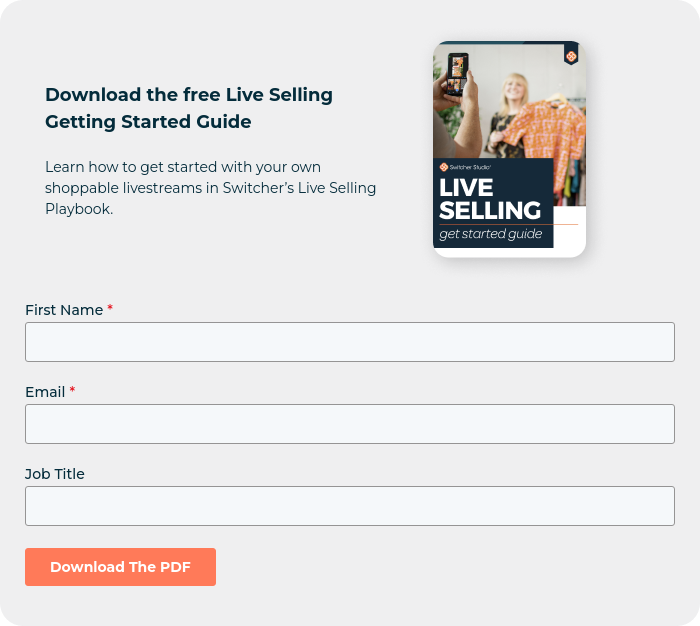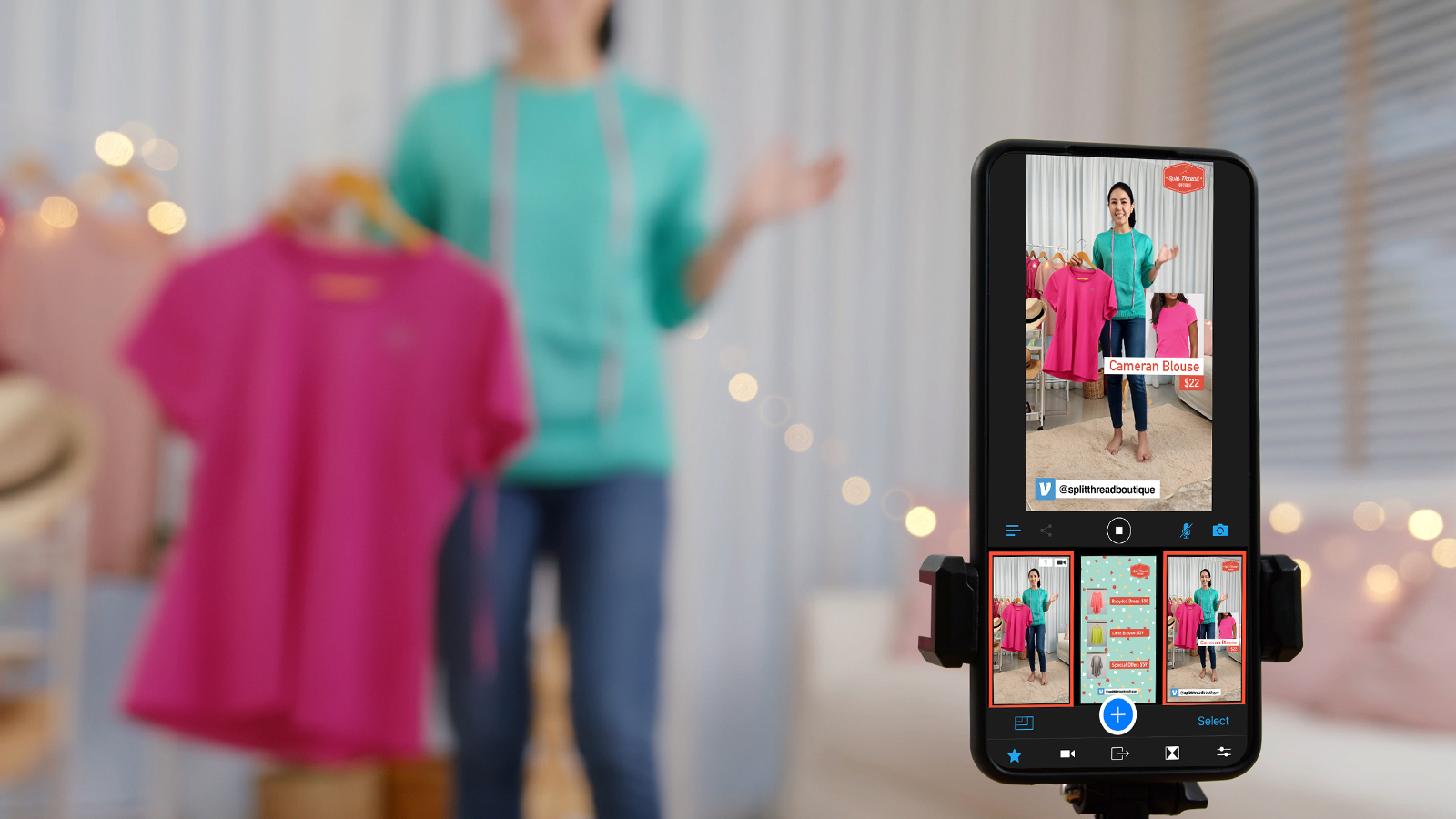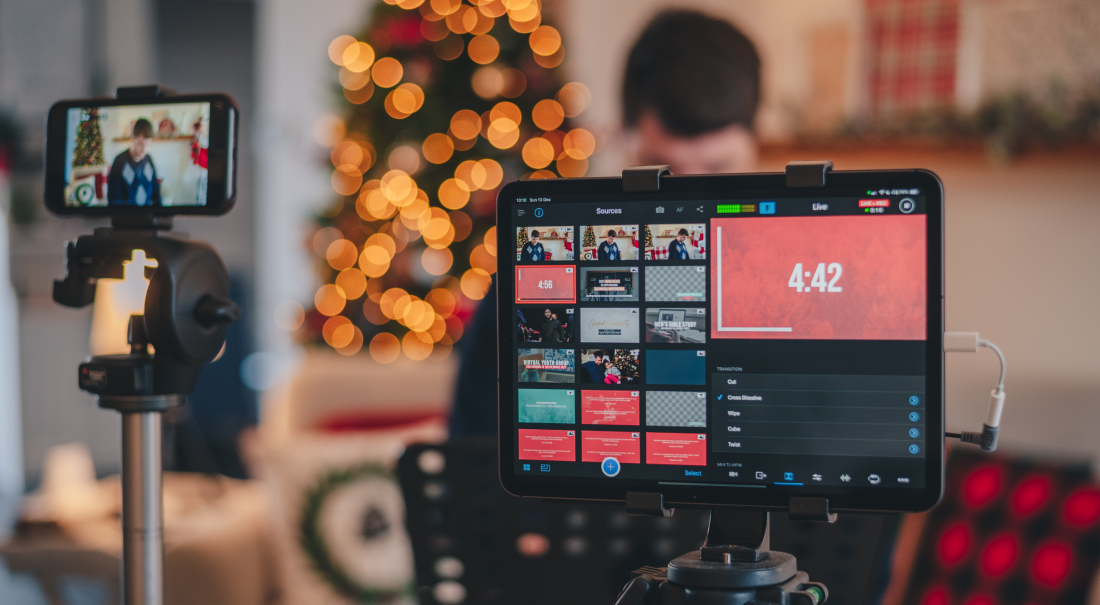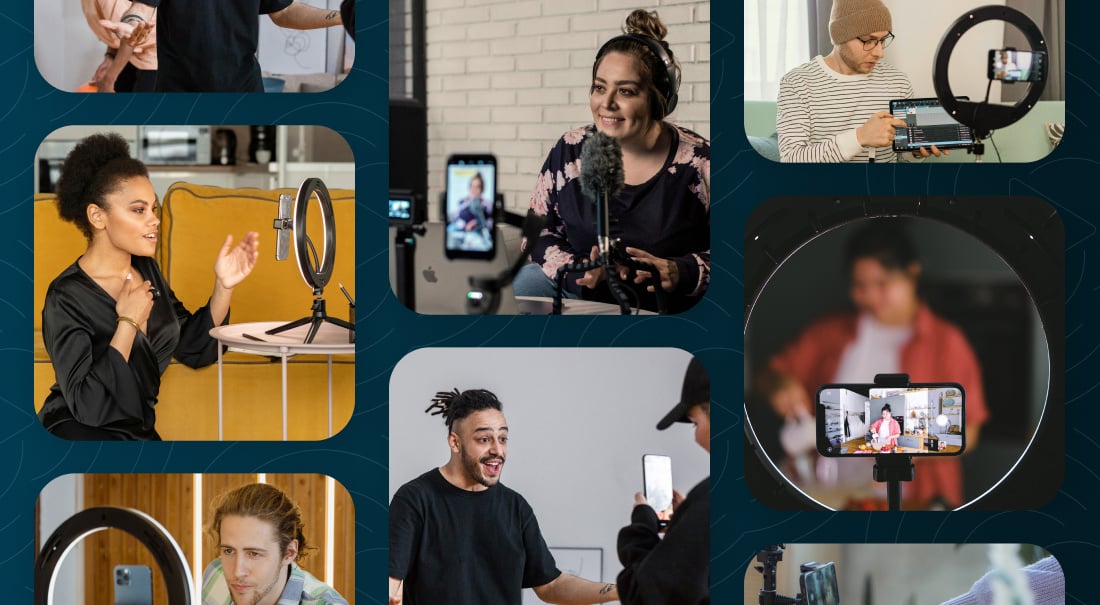
Recently, a friend of mine decided to buy a couch. She began (as most of us do) by browsing e-commerce websites. Trying to parse subtle differences between minuscule pictures of furniture, comparing prices, reading subjective reviews — pretty quickly the fun of shopping for a sofa started to feel a lot like administrative work.
This highlights some of the biggest issues with the e-commerce shopping experience:
- There’s no physical interaction with products
- It’s unengaging
- It can be tedious
To my friend, this couch was a big investment. Before making the purchase, she wanted to know that she was getting something that would fit her space, was super comfortable, and could handle the wear and tear of her furbabies. She was also in the middle of a move, so spending hours slogging through sofa listings was out of the question.
Eventually, she decided to visit a brick-and-mortar furniture store (“as they did in the 80s,” she noted) to pick a couch from selections that she could see and touch in person.
This was a lost sale for an online sofa retailer, and I think it was avoidable. So what can retailers do to improve the online shopping experience? Let’s explore the e-commerce trend called shoppertainment.

What is shoppertainment?
“Shoppertainment” is a portmanteau combining the words “shopping” and “entertainment,” encompassing how retailers boost sales by creating more entertaining and engaging shopping experiences.
Shoppertainment can refer to brick-and-mortar stores adding entertaining elements to their in-person shopping experience, but most commonly it refers to e-commerce retailers creating immersive digital experiences to boost online sales.
Why is shoppertainment gaining popularity?
There’s a combination of factors contributing to shoppertainment’s rising popularity as an e-commerce trend over the past few years.
Measurable benefits for retailers
In a world of endless scrolling, shoppertainment helps e-commerce retailers stand out among the crowd, boosting visibility and conversions. Certain methods of shoppertainment dramatically improve a brand’s ability to connect with its audience. Connection and interaction improve customer loyalty and thereby repurchase and retention rates. Plus, when e-commerce retailers create interactive digital shopping experiences, they can gain valuable feedback and insights from their customers.
Changes in consumer behavior post-pandemic
The way people shop has changed dramatically in the past few years. Though there’s been huge growth in online shopping, shoppers are becoming increasingly choosy. Consumers are prioritizing meaningful purchases, shopping with companies they feel good about, and valuing positive experiences.
Shoppers want to get the most out of every investment and support businesses whose values align with theirs. This is evidenced by how many people are trying out new brands, buying from local and/or small businesses, prioritizing companies that offset their carbon footprint, and so on. Shoppers are also investing in experiences — but that doesn’t just mean vacation packages. For my friend, that meant investing in a couch she liked.
So what does it mean for retailers? Well, when shoppers prioritize experiences, it supports the notion that shopping should be experiential. When meaningful purchases become important, so does storytelling. And when consumers want to have a good time, it’s time to disrupt the monotony and inject some fun into the shopping experience.
Shoppertainment examples
You get the “why,” but what about the “how”? What does “shoppertainment” look like in practice?
Augmented reality
Augmented reality is a relatively new and immersive mode of shoppertainment. It’s called “augmented reality” because, usually using your smartphone camera, digital elements are layered over a physical space. You’ve probably already encountered AR in an e-commerce setting, particularly if you’ve shopped for beauty or fashion items online.
For example, glasses company Zenni and cosmetics company NYX Professional Makeup both offer “virtual try-on experiences” on their websites, so you can visualize how you’d look in those hip chunky glasses and black lipstick. Amazon has even gotten in on the AR game with their new Virtual Try-On for Shoes feature. If my friend could have used AR technology to see what a sofa looked like in her home, how engaging and fun would that have been?
Livestream selling
Live selling streams are undoubtedly the most popular forms of shoppertainment. Why?
- They’re scalable with a low barrier to entry, meaning you can start small, experiment, and grow your production.
- They are versatile, allowing retailers to experiment with multiple kinds of shoppertainment.
- Streamers can directly engage with their audience, answering questions, telling stories, and getting feedback.
- Livestreams are instant content that you can repurpose to populate other channels.
Retailers can also provide a proxy shopping experience. By interacting with a product, providing real-time descriptions, and answering viewer questions, livestream viewers get a closer approximation of in-person shopping than shoppers scrolling through listings. If my friend had the opportunity to watch a livestream by a furniture retailer, she might have gotten a better sense of the scale and feel of the couch. She might have also had the opportunity to ask questions like, “How easy is it to clean?” The retailer could have asked her what exactly she was looking for, opening a dialogue and maybe even recommending a different couch that better met her needs.
Gamification
A fun way to add entertainment to your shopping experience is through gamification: introducing interactive elements appealing to shoppers’ inherently competitiveness and/or curiosity.
Gamification is a popular tactic across apps of all kinds. Think about the apps you use often: Do you earn points for using any of them? How many of them keep track of your streaks? How many offer badges or rewards for using the app? Apps like Duolingo and Fitbit are great at gamification, rewarding people for using the app and encouraging them to log back in day after day.
When it comes to selling online, you can borrow many of the same tactics. For example, rewards and points systems encourage shoppers to make repeat purchases. If you’re doing live selling streams, you can even reward shoppers for tuning in by offering limited-time offers, limited edition items, or limited runs. Contests and giveaways can promote engagement, and you can even make the shopping experience interactive by incorporating things like polls and trivia.
Gamification is a kind of FOMO marketing, boosting enjoyment for shoppers and improving the watch-time for sellers.
How to get started with shoppertainment
So you want to boost your e-commerce sales with shoppertainment? Now is the perfect time. There are a ton of opportunities to amplify the entertainment value of your online presence.
Something like implementing an augmented reality try-on feature is probably too expensive and complex for most businesses. However, adding elements of gamification to your e-commerce marketing strategy or getting started with livestreaming are both low-risk and easy to implement.
Nail down your goals before you get started. Are you trying to increase your discoverability, conversions, or engagement? Then think about the platforms at your disposal. Whether you want to increase the entertainment value of your e-commerce website or app, are exploring digital marketplaces, or you’re going all-in on social media, your approach is probably going to be different for each platform.
Once you know what you’re trying to achieve with your shoppertainment strategy and where you’re going to implement it, you can get started on the fun part!
Try live selling with Switcher Studio
Switcher Studio is a live video production app for iPhones and iPads with dedicated tools for live sellers. Add multiple camera angles, photos and text, invite guests to join your stream, and so much more. Plus, our Cartr Shopify integration makes it so easy to sell live on Facebook: Share Shopify collections with just a tap, and your viewers can initiate a purchase with just a comment.
Increase e-commerce sales, grow your audience, and build your brand. Learn more on our Live Selling page.
Subscribe to the blog
Sign up to receive notifications whenever a new blog post is published. You may unsubscribe at any time.

Share
About the Author

Maddie is a writer and curious content marketer with experience in nonprofits, advertising, and tech. As Switcher’s content strategy manager, she’s passionate about connecting with our audience through content that educates and inspires.
All posts by Maddie Tong


